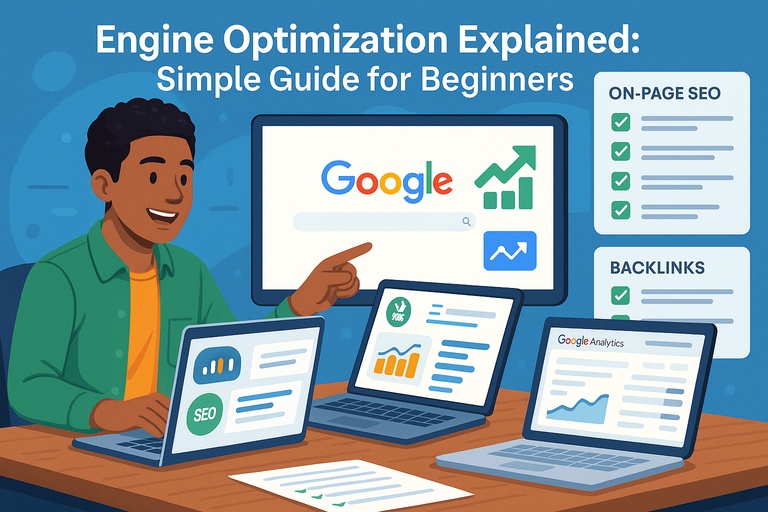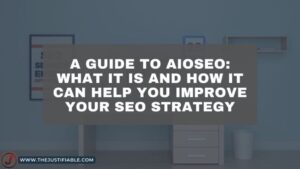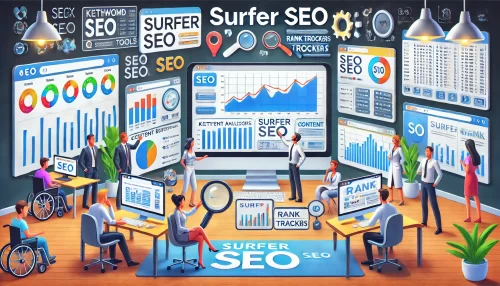Table of Contents
Engine optimization is the process of improving how efficiently and effectively an engine operates—whether that’s a car engine or a search engine.
In the digital world, it most often refers to search engine optimization (SEO), which means enhancing your website so it performs better on search engines like Google.
At its core, engine optimization is about getting the best performance possible—whether that’s faster load speeds, higher visibility, or smoother operation.
Understanding How Search Engines Actually Work
Before you can optimize, you need to know what you’re optimizing for. Search engines follow three main steps: crawling, indexing, and ranking.
- Crawling is when bots (automated programs) explore websites and collect information about pages.
- Indexing means storing that information in a massive database.
- Ranking is the final step—deciding which pages best match a searcher’s intent.
When you publish a new blog post, for example, Google’s bots “crawl” it to understand what it’s about. If your site loads quickly, uses clean URLs, and contains relevant keywords, it’s easier for the bots to read and categorize your content correctly.
Think of it like tuning a car: If your spark plugs and filters are clean, the engine performs better. The same principle applies here.
Core Components of Effective Engine Optimization
Strong engine optimization relies on multiple moving parts that all need to work together seamlessly.
On-Page Optimization: Improving What’s On Your Site
On-page optimization focuses on content and structure. It’s everything you can control directly.
- Keyword Placement: Use relevant terms naturally in titles, headings, and throughout the text. For instance, your H1 might include “engine optimization” while subheadings use variations like “optimize your website performance.”
- Meta Tags: These include the title tag and meta description, which appear in search results. They tell users and search engines what your page is about.
- Internal Links: Linking related pages helps visitors (and bots) find your content easily.
A real-world example: If you run a site selling running shoes, you’d optimize product pages with terms like “lightweight running shoes” or “best running shoes for beginners.”
Off-Page Optimization: Building Trust and Authority
Off-page optimization is about how the rest of the internet views your site. Search engines see links from other reputable sites as votes of confidence.
Here’s how to strengthen your authority:
- Backlinks: Earn links from trustworthy websites in your niche.
- Social Signals: Mentions, shares, and engagement on social media can indirectly improve visibility.
- Brand Mentions: Even unlinked mentions of your brand help build reputation and trust.
I recommend focusing on creating genuinely useful content people want to share. That’s how natural backlinks form—and it’s what Google values most.
Technical Optimization: Ensuring Smooth Performance
Technical optimization is like maintaining the engine’s internal parts. You won’t see it, but it’s what makes everything run smoothly.
Key aspects include:
- Site Speed: A slow site frustrates users and hurts rankings. Use tools like Google PageSpeed Insights to test and improve load times.
- Mobile Optimization: With most searches happening on phones, responsive design is essential.
- Structured Data: This helps search engines better understand your content and display rich results.
Example: Implementing schema markup (a kind of structured data) can make your recipe pages show star ratings directly in search results—a simple tweak that can boost click-through rates.
Common Mistakes Beginners Make in Engine Optimization
Many beginners unknowingly sabotage their efforts. These are a few traps I often see:
- Keyword Stuffing: Overusing your focus keyword makes content sound unnatural and can hurt rankings.
- Ignoring Mobile Users: If your site looks broken on phones, visitors bounce fast.
- Not Tracking Results: Optimization without measurement is just guessing.
From what I’ve seen, using Google Analytics and Google Search Console from the start helps spot issues early. You’ll see which pages perform well and which need work.
Practical Steps to Get Started with Engine Optimization
Let me break it down for you—here’s a simple way to begin optimizing your site:
- Research Keywords: Use tools like Google Keyword Planner or Ahrefs to find what your audience searches for.
- Optimize Your Pages: Update your titles, meta descriptions, and headers to include those terms.
- Improve Speed: Compress images and use caching plugins if you’re on WordPress.
- Earn Links: Reach out to related sites for guest posts or share valuable resources.
- Track and Adjust: Use analytics to refine your approach over time.
I suggest starting small—optimize one or two pages first, see what works, then scale.
Measuring the Results of Your Optimization
Optimization isn’t a one-time project; it’s an ongoing cycle of improvement. You can measure success through:
- Traffic Growth: Watch for steady increases in organic visits.
- Keyword Rankings: Check how your target keywords perform over time.
- Conversion Rates: Ultimately, higher rankings mean little if visitors don’t act—measure how many sign up, buy, or contact you.
Using Google Analytics and Search Console gives you a clear picture of progress. Look at metrics like bounce rate (how quickly people leave) and dwell time (how long they stay).
If numbers plateau, that’s not failure—it’s feedback. It shows where to tune next.
Expert Tip: Build Optimization Into Your Routine
The best advice I can give is this: treat engine optimization like regular engine maintenance. Don’t wait for performance to drop before tuning it up.
Schedule monthly checkups—update old content, review analytics, and test your site’s speed. Small, consistent adjustments always outperform big, infrequent overhauls.
Search engines evolve constantly, and your strategy should too. The more you treat optimization as an ongoing conversation with your users and Google, the more natural—and rewarding—it becomes.






